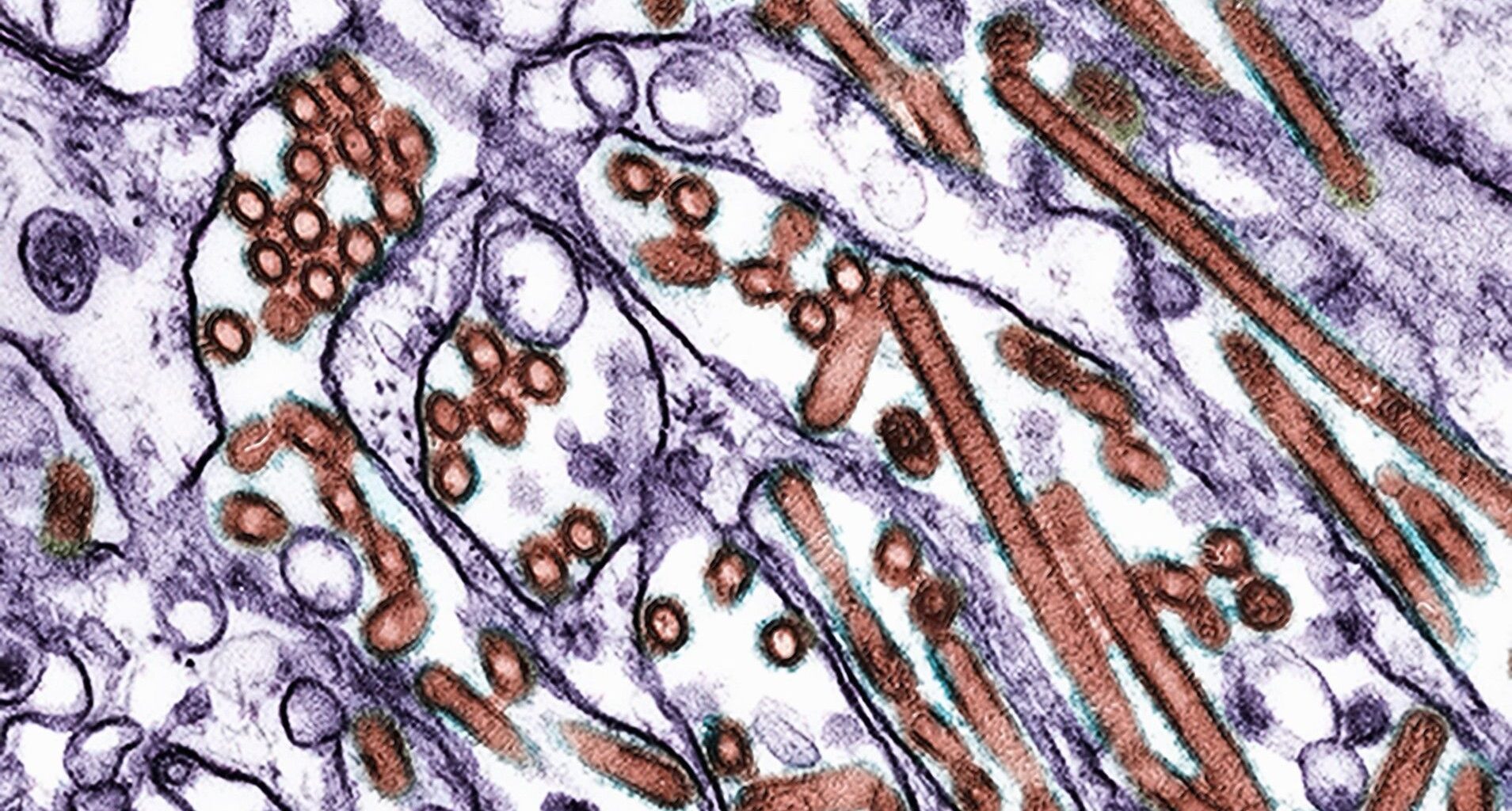Refresh
2025-11-24T14:43:32.769Z
Chimp baby boom (yay) after lethal conflict (boo)
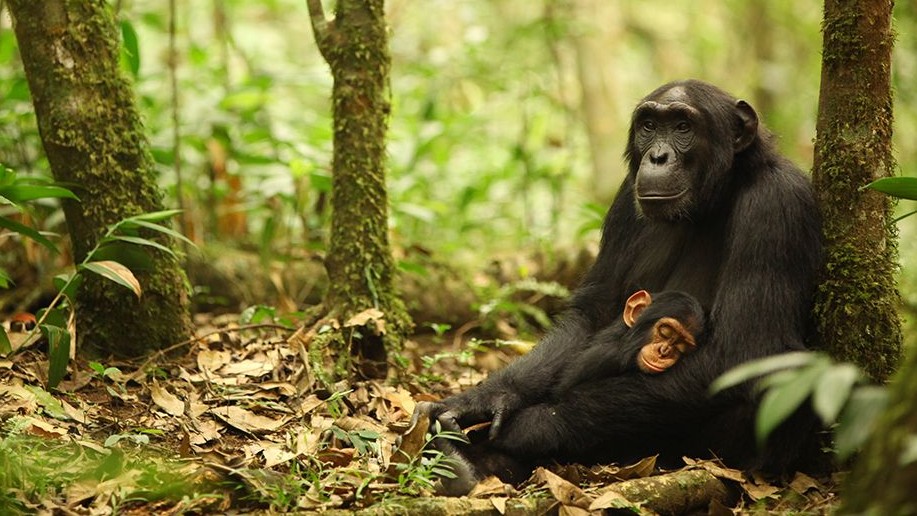
(Image credit: Kevin Langergraber)
Sophie here, Live Science’s resident chimp aficionado. Hot off the press is the news that the Ngogo chimps in Uganda saw a huge baby boom after they successfully invaded the territory of a neighboring community.
Now, I don’t want to give our closest living relatives a bad rep — chimpanzees and bonobos are typically very cooperative with members of their own group. But chimps in particular really don’t gel with out-group individuals.
Study co-author Brian Wood told Live Science contributor Chris Simms that this new discovery sheds light on the evolution of violence in humans. It’s very common for biological anthropologists to use chimpanzee behavior as a window into our own evolutionary past: humans share a lot of DNA with chimps, and our human ancestors probably looked and behaved quite like modern-day chimpanzees.
It is worth bearing in mind, though, that the amount of chimp lethal aggression varies a lot across Africa, largely dictated by the community’s social structure.
Also, East African chimps are known to be more aggressive than those in West Africa and the Ngogo community is the largest chimpanzee community in the world. Personally, I’d love to see if this post-conflict spike in fertility is found across sites. Then we can see if this is a species-wide trend (which would lend more support to the idea of a shared evolutionary benefit) or if this is unique to Ngogo.
You can read the full story here.

Sophie Berdugo
Staff Writer
2025-11-24T14:28:05.975Z
Science history: The discovery of Lucy
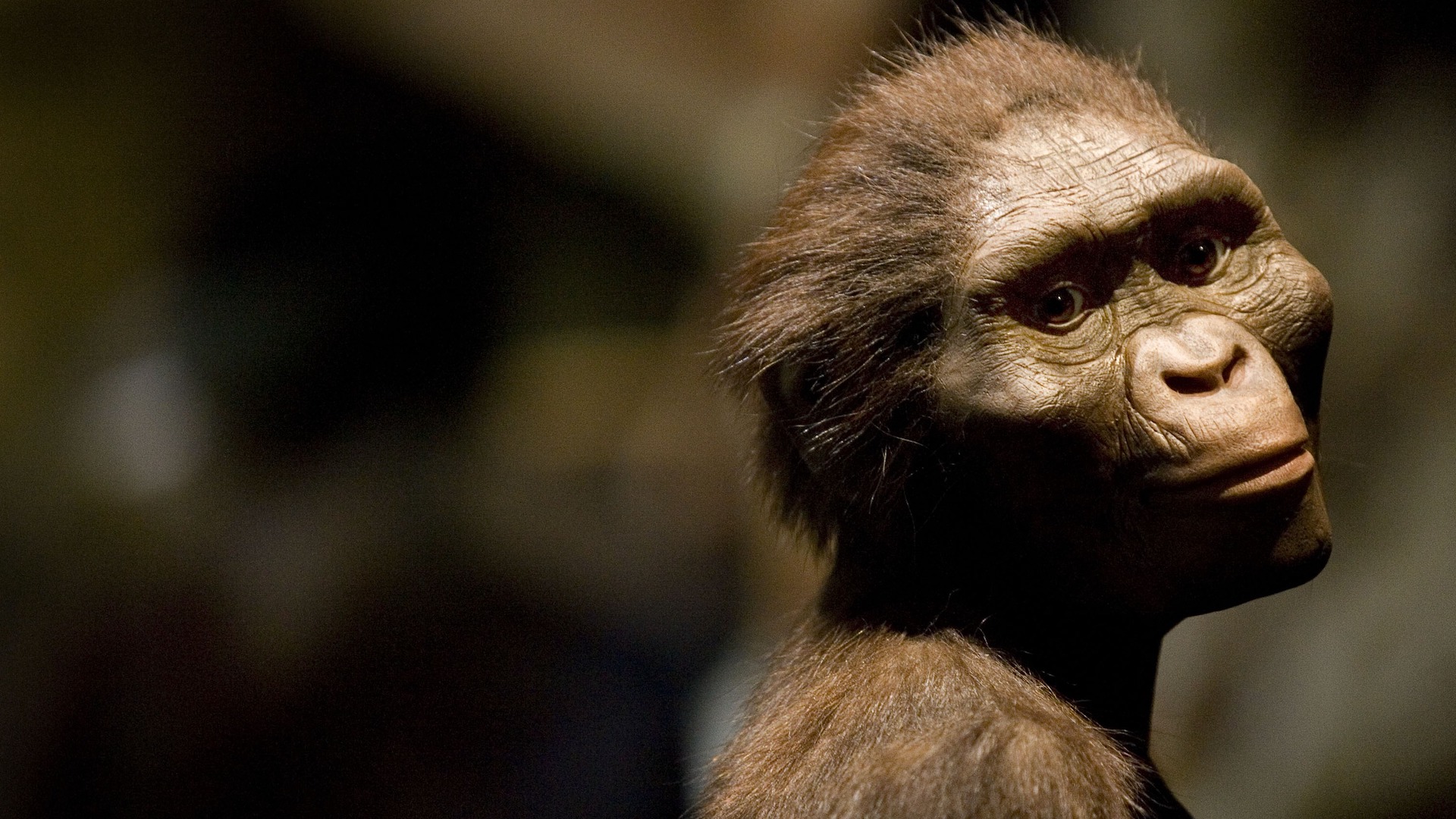
(Image credit: Dave Einsel / Stringer via Getty Images)
On this day in 1974, two anthropologists digging in the earth of Hadar, Ethiopia discovered something that would transform the story of human evolution, Tia writes.
The object they spotted, glinting in a gully, was the fossilized remains of a 3.2 million-year-old human ancestor. As they discussed the find, the Beatles song “Lucy in the Sky with Diamonds” played in the background, leading a member of the dig to suggest they name the find “Lucy.”
Lucy, whose species would become known as Australopithecus afarensis, was the oldest and most complete skeleton of a human ancestor ever found. And her discovery sparked the realization among anthropologists that human evolutionary history is more like a braided stream than a family tree.
You can read the full story here.
2025-11-24T13:23:07.676Z
Live Science roundup

Ben Turner
Acting Trending News Editor
2025-11-24T12:55:20.747Z
Why cat siblings don’t look alike
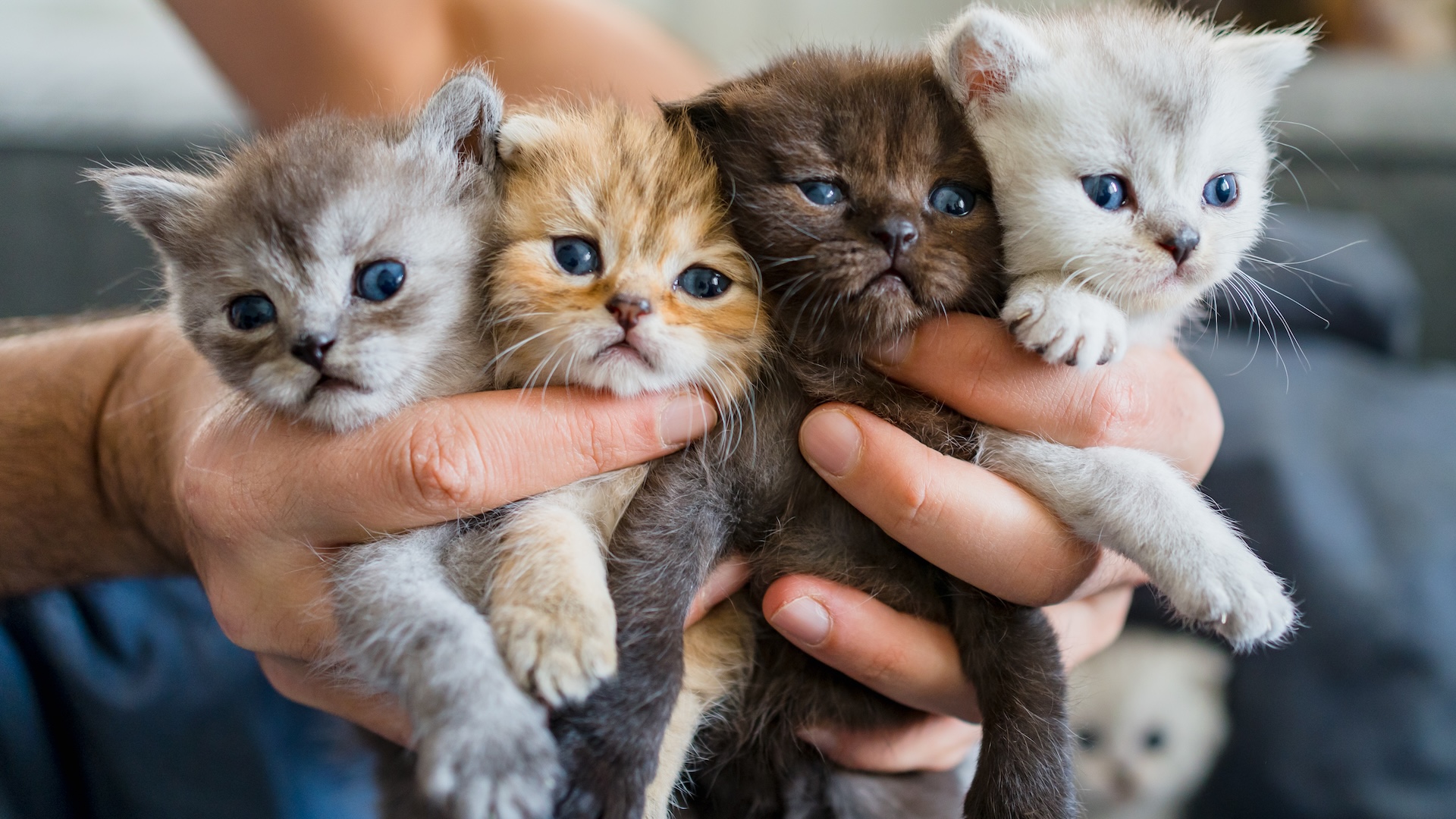
(Image credit: byakkaya via Getty Images)
When we adopted our cat “Scallop” from the ASPCA as a kitten, she left behind a brother, “Clam,” who had been picked up from the same litter of strays. Scallop looked like an adorable blue-point Siamese, while Clam was an (also adorable) gray domestic short-hair with white socks.
I’ve always wondered why the two had little resemblance to each other.
Now, a story from our former (and much missed) content manager, Marilyn Perkins, explains why cat siblings look so different from each other.
You can read the full story here.

Tia Ghose
Editor-in-Chief (Premium)
2025-11-24T12:27:41.926Z
Man infected with H5N5 bird flu strain dies
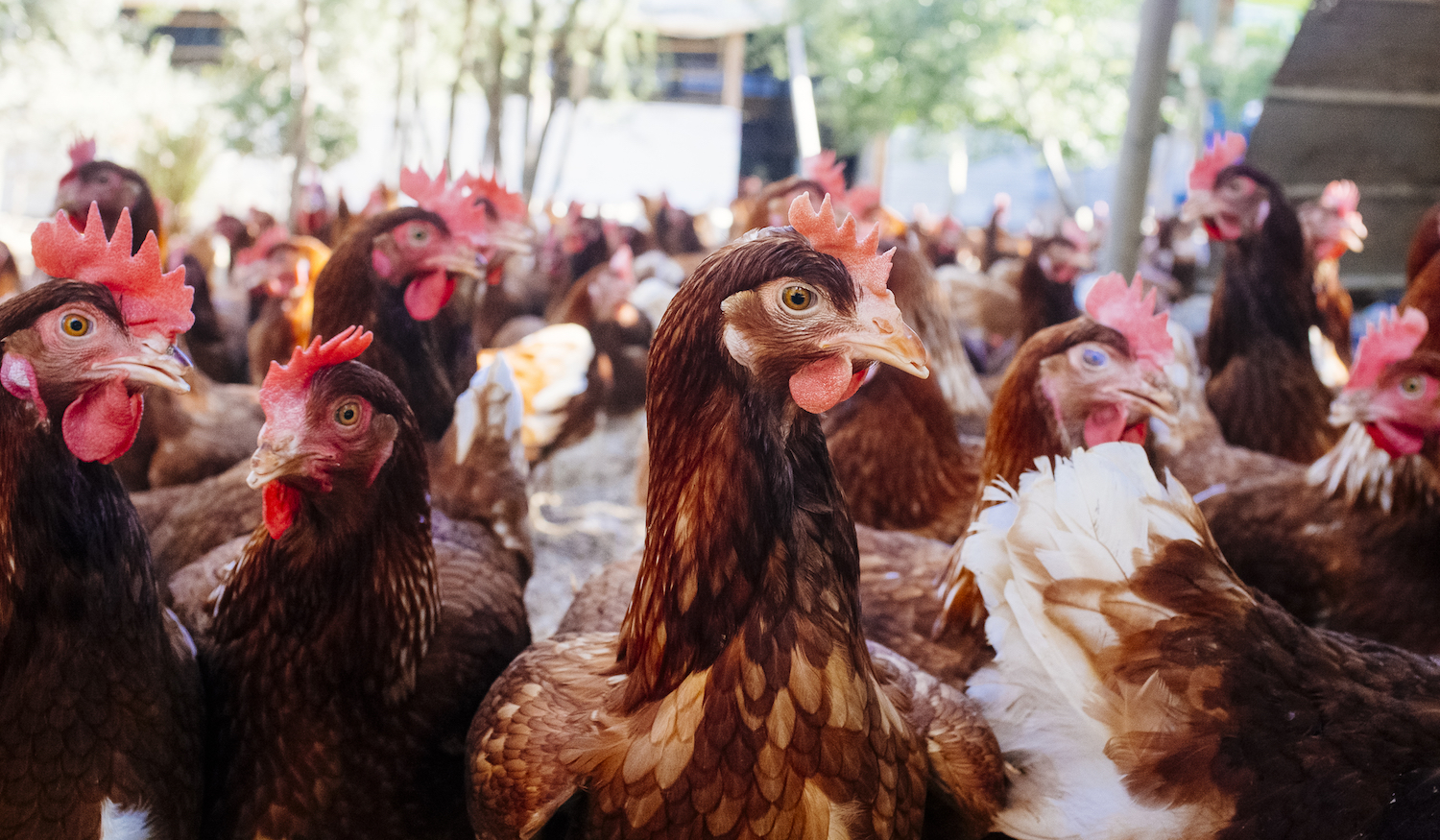
(Image credit: Shutterstock)
A Washington state resident who was the first person to be infected with the H5N5 strain of bird flu has died of complications from the virus, CNN reports.
The patient, an older adult with underlying health conditions, kept a backyard flock of mixed domestic birds, making this a likely source of his infection, state health officials said.
While this first infection of the H5N5 is notable, it’s not believed to be a greater threat to human health than the H5N1 virus, which has caused a wave of around 70 reported human infections — most of them poultry and dairy farm workers experiencing mild illness — in the US in 2024 and 2025.
Here are a couple of stories on how to best avoid bird flu infections, and what can be done to prevent the virus spilling over into human to human transmission.
2025-11-24T12:21:10.069Z
‘Other’ comet ATLAS disintegrating
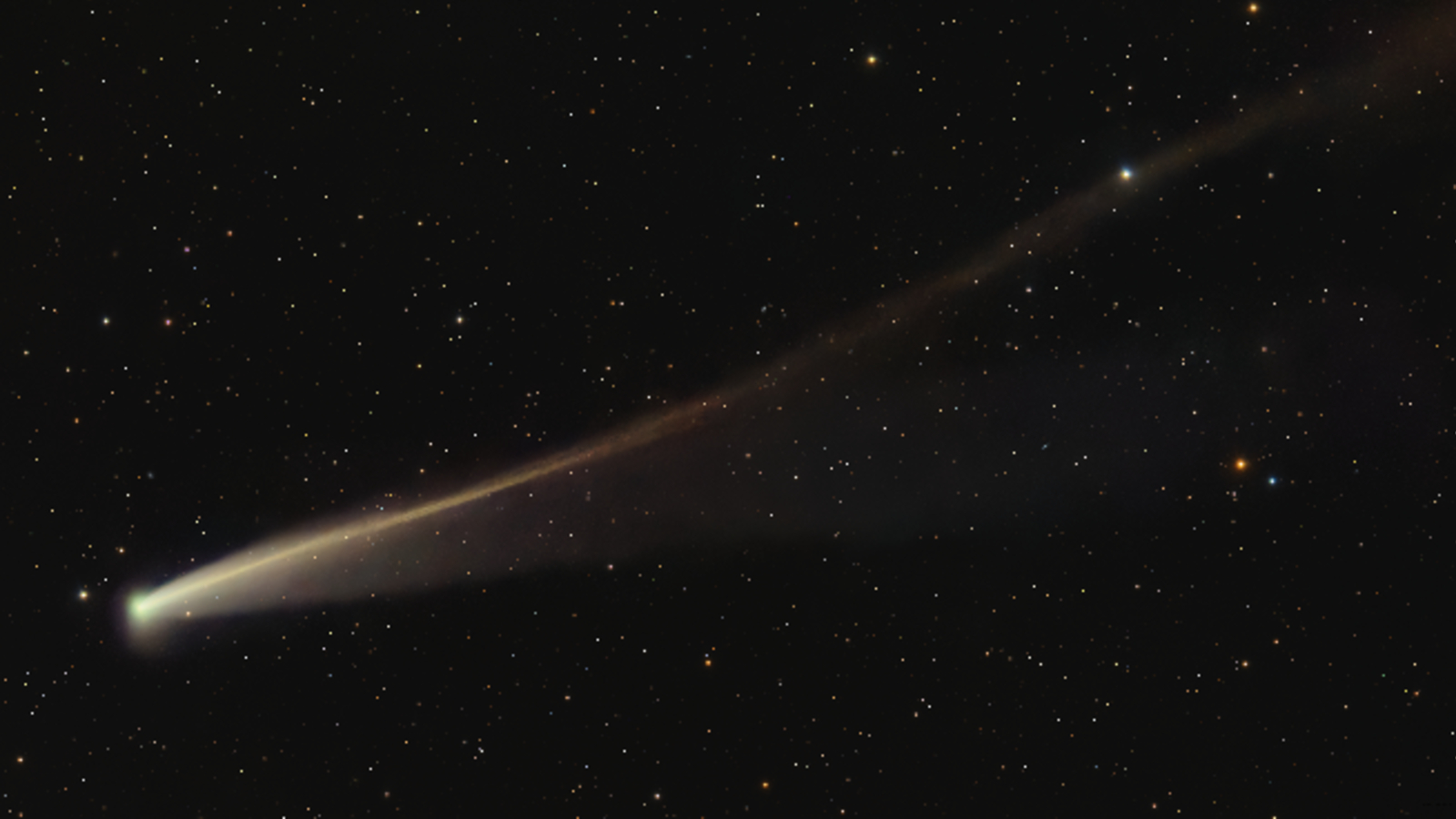
C/2025 K1 (ATLAS) snapped before its disintegration by astrophotographer Dan Bartlett on Oct. 29 from June Lake in California. (Image credit: Dan Bartlett)
Good morning and welcome back, science fans. We’re returning with a fresh batch of science news and more images that show the “other” Comet ATLAS (C/2025 K1) breaking apart.
Scientists initially thought the comet, which is unrelated to the interstellar comet 3I/ATLAS, survived its recent close approach to the sun. But images from The Virtual Telescope project revealed its tragic demise.
The comet’s disintegration is likely the consequence of the sun’s powerful gravitational pull, which has caused it to splinter into three brighter fragments, photographer Michael Jäger told spaceweather.com.

Ben Turner
Acting Trending News Editor

